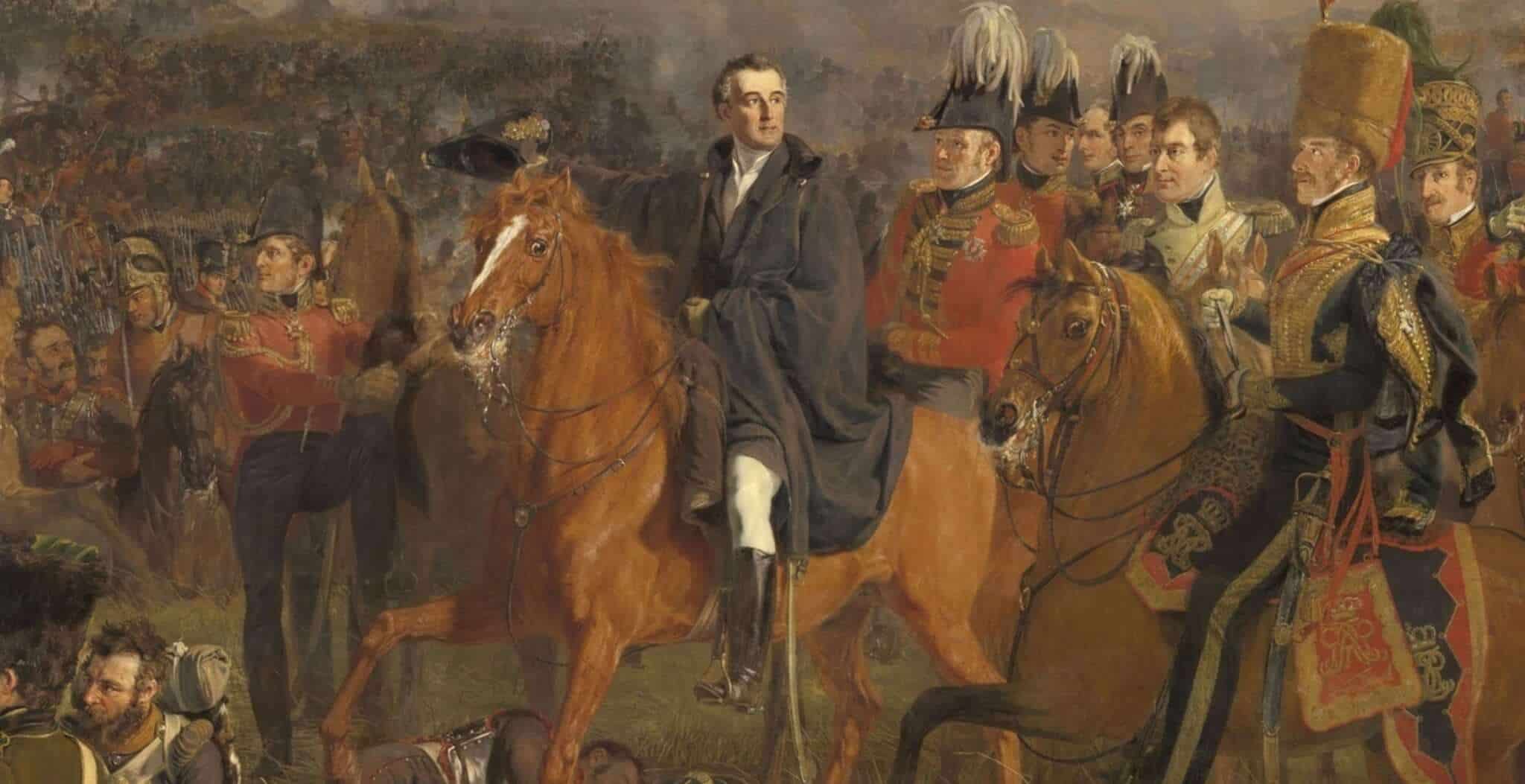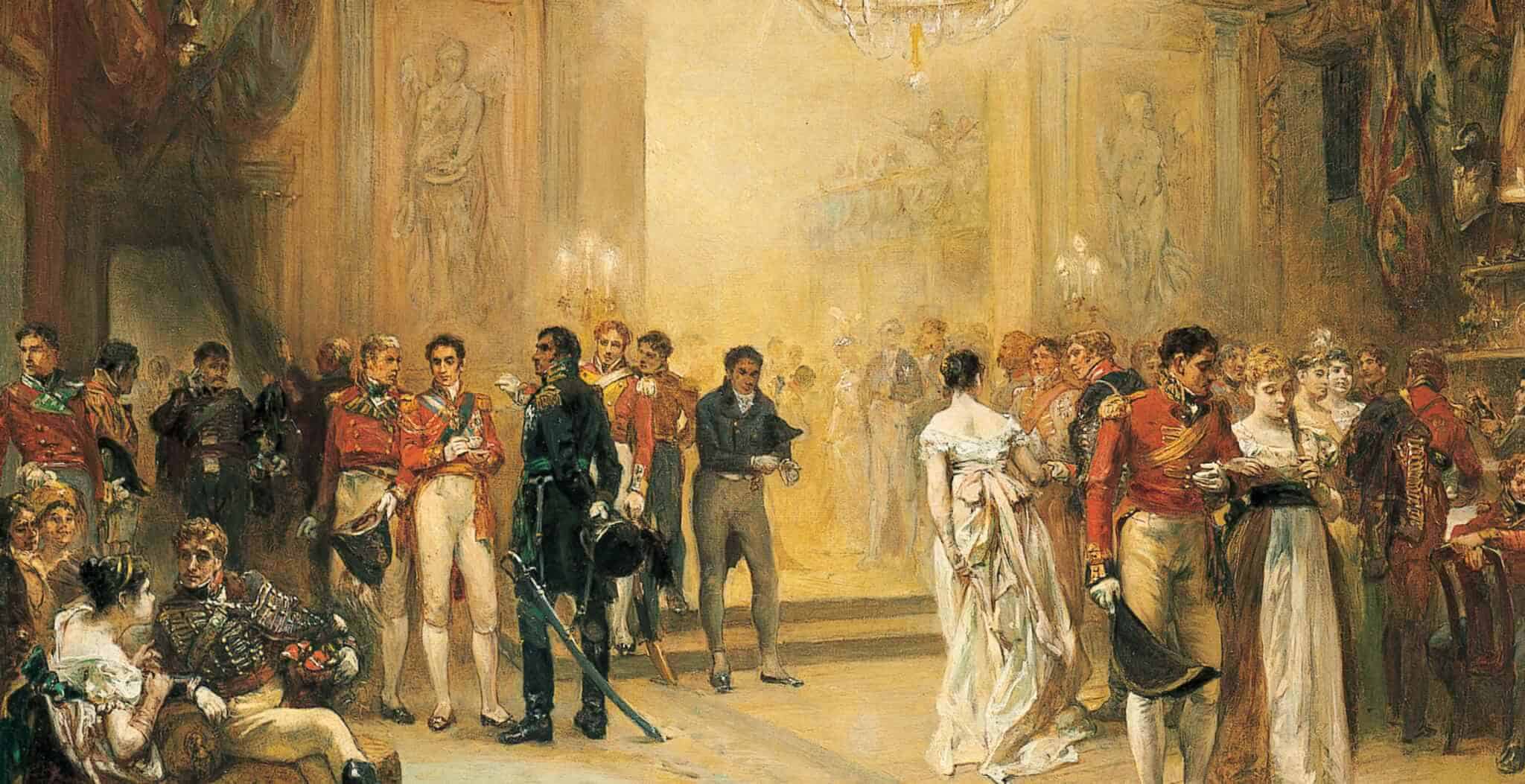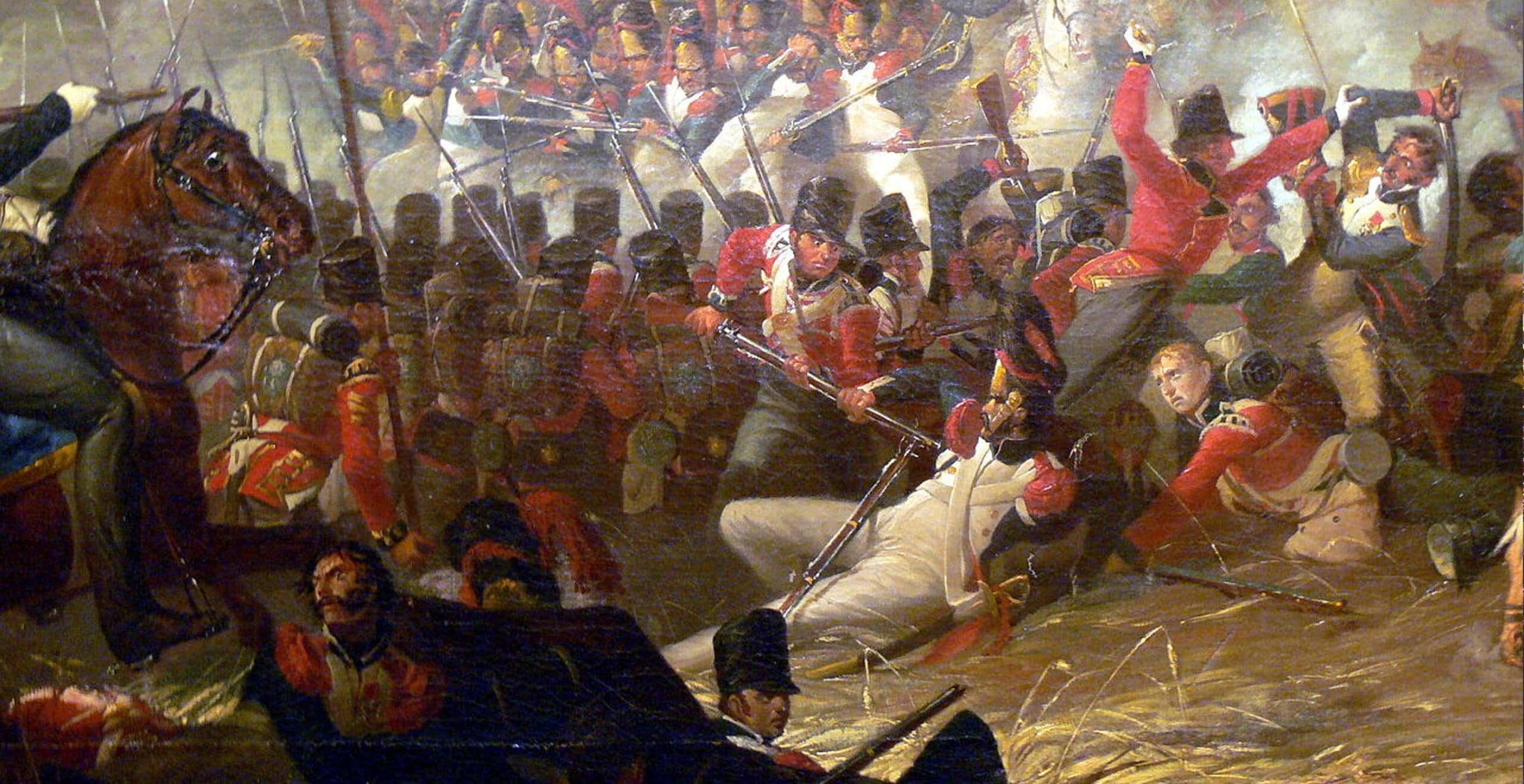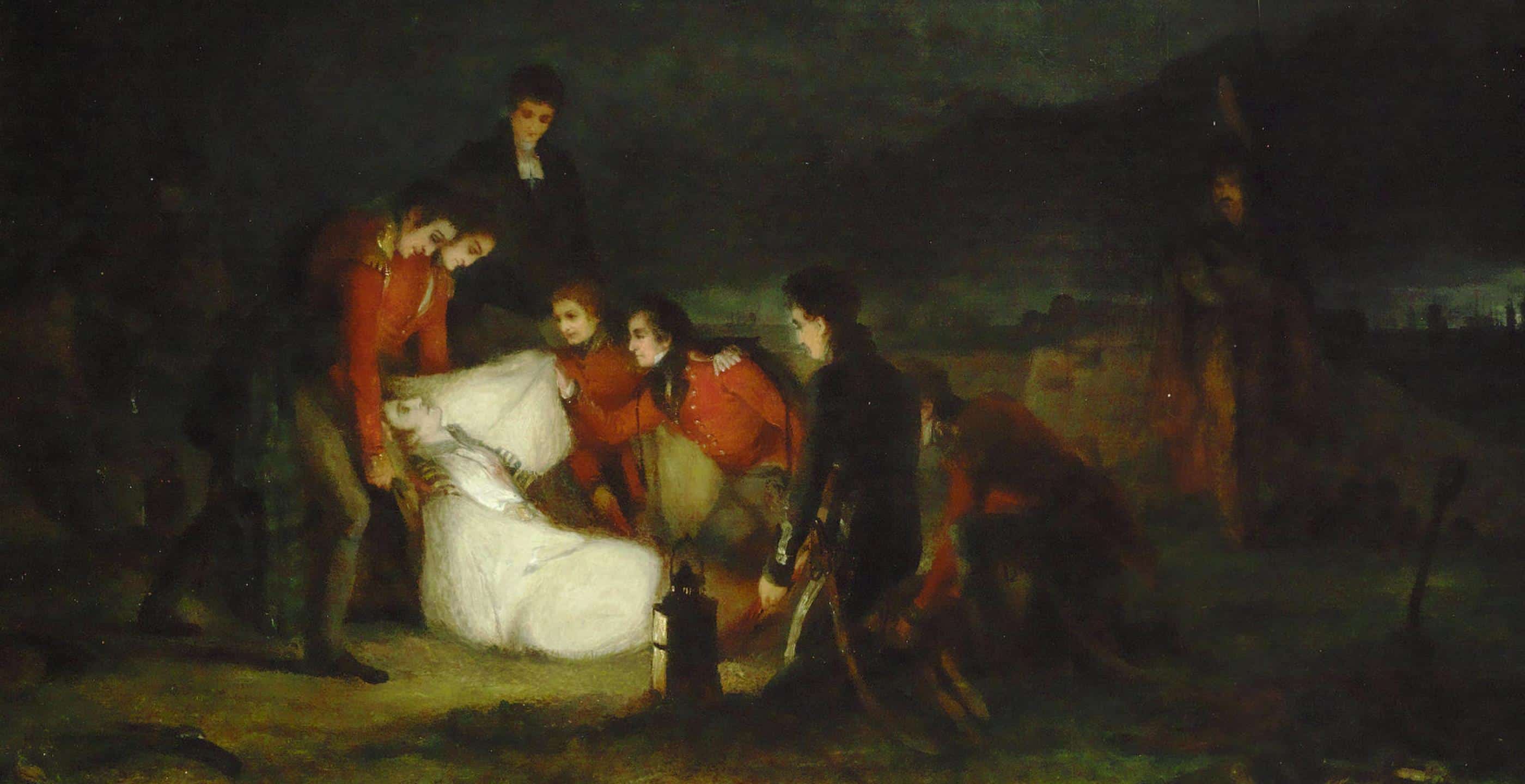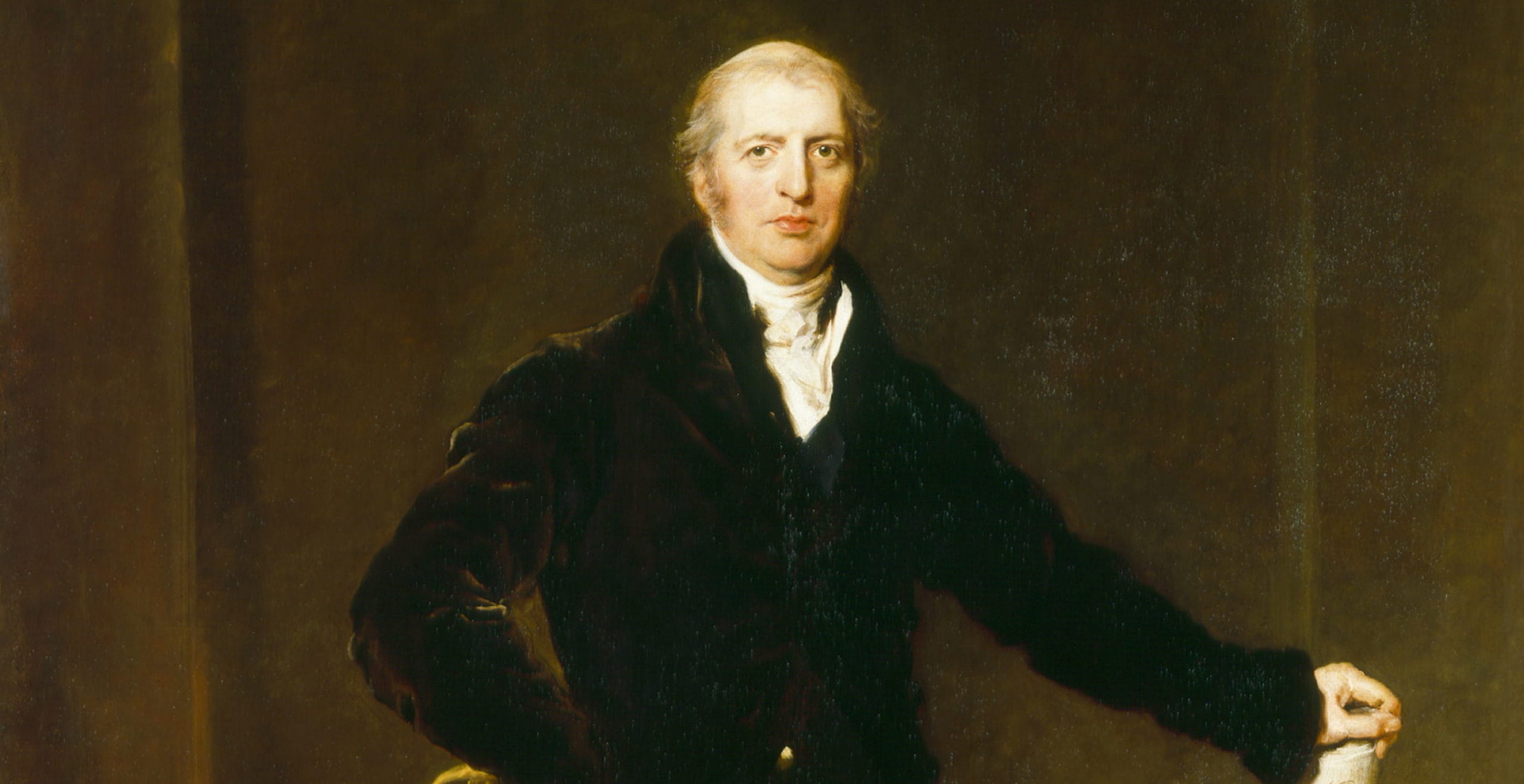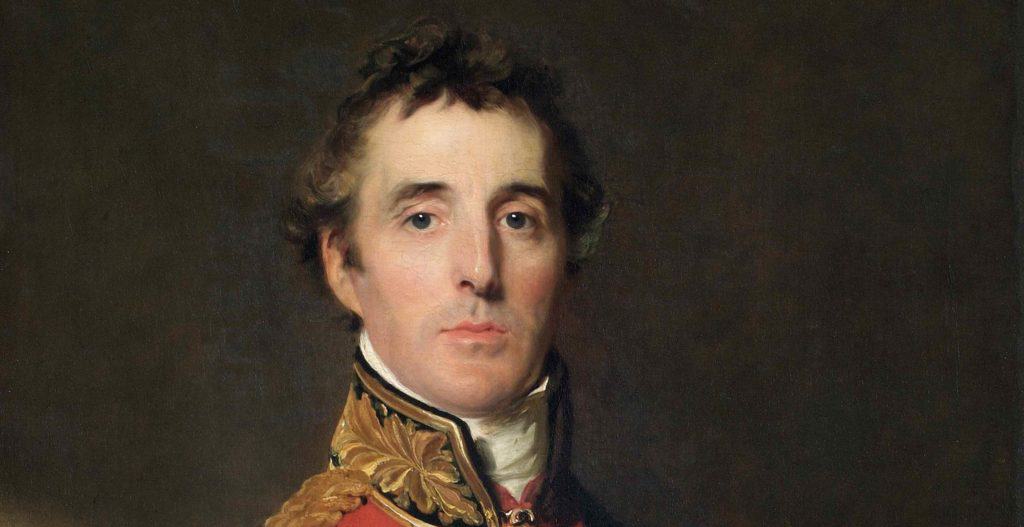The Duke of Wellington, perhaps Britain’s greatest military hero, was in his mother’s eyes, a disaster!
Arthur Wellesley was seen as an awkward child by his mother the Countess of Mornington. How wrong can a mother be?
His two older brothers had shone at school, Eton, and he had not, so he was sent as a last resort to a French Military Academy in the hope that he might become a ‘passable’ soldier. It took some years for his military talent to appear, but he was commissioned in 1787 and then became, with the help of his family’s influence and some years in Ireland, the Commander of the British forces against the Maratha Princes in India in 1803.
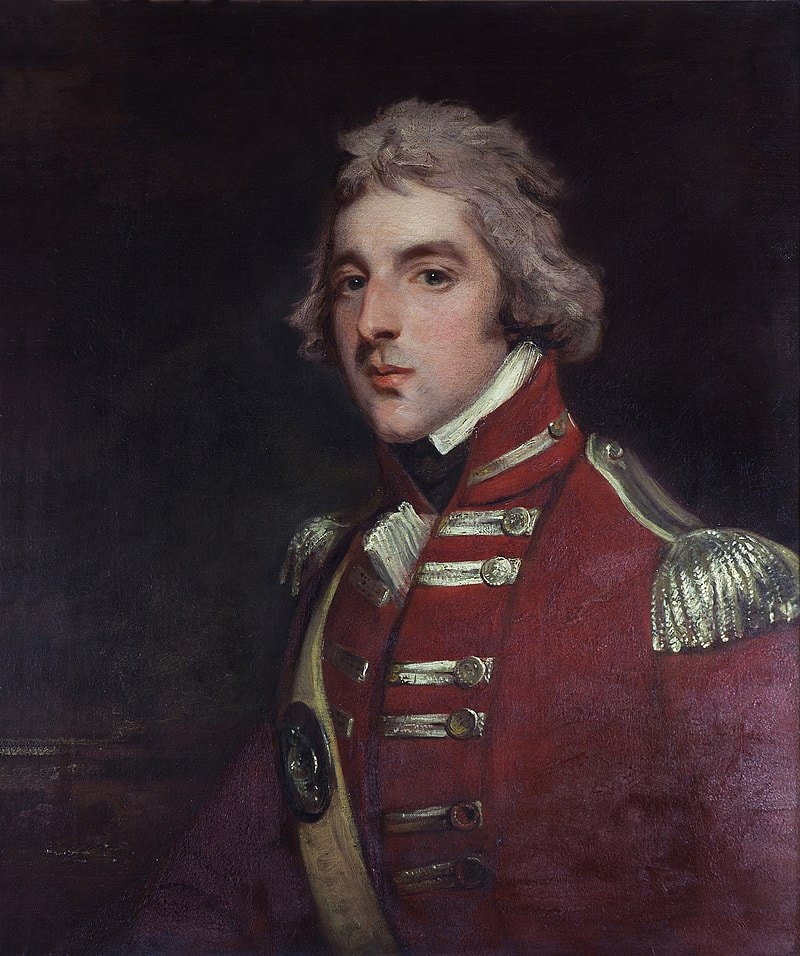
Wellesley returned home in 1805 with a knighthood and married his childhood sweetheart, Kitty Packenham, and entered the House of Commons.
At this time, the British contribution to the war against Napoleon had consisted mainly of successful Naval engagements, but the Peninsular War engaged the British army on a much greater scale. This war was to make Arthur Wellesley a hero.
He went to Portugal in 1809 and with the help of the Portuguese and Spanish guerrillas, expelled the French in 1814 and pursued the enemy into France. Napoleon abdicated and was sent into exile on the island of Elba. Hailed by the public as the nation’s conquering hero, Arthur Wellesley was rewarded with the title, Duke of Wellington.
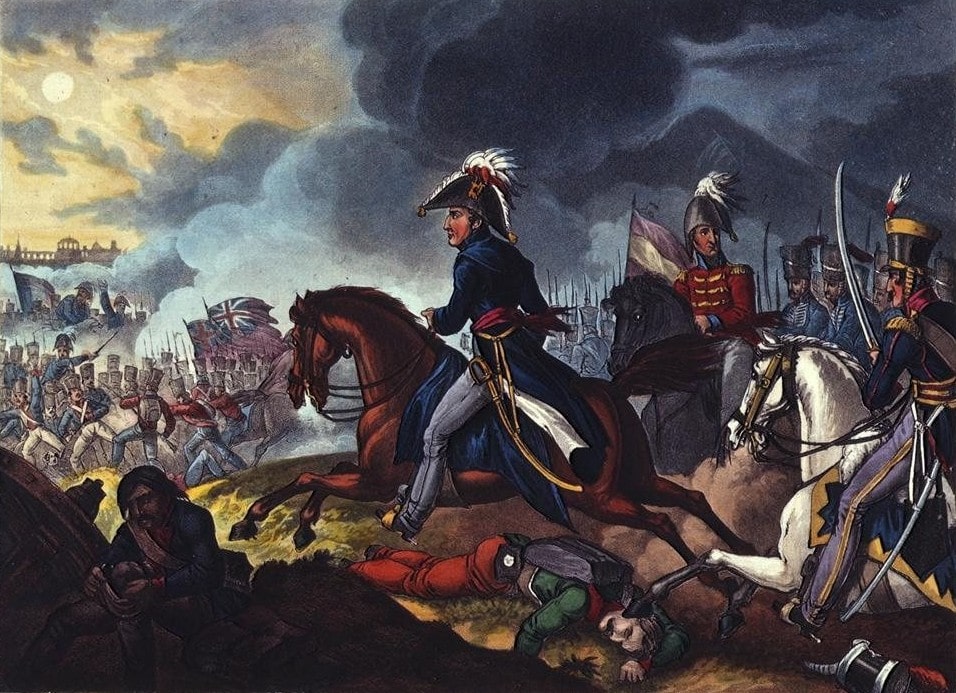
The following year Napoleon escaped from Elba and returned to France where he resumed control of the government and army. In June 1815 he marched his troops into Belgium where the British and Prussian armies were encamped.
On 18th June at a place called Waterloo, the French and British armies met for what was to be the final battle. Wellington inflicted an overwhelming defeat on Napoleon, but the victory cost a staggering number of lives. Wellington is said to have wept when he learned of the numbers of men slaughtered that day. The British had suffered 15,000 casualties and the French 40,000.
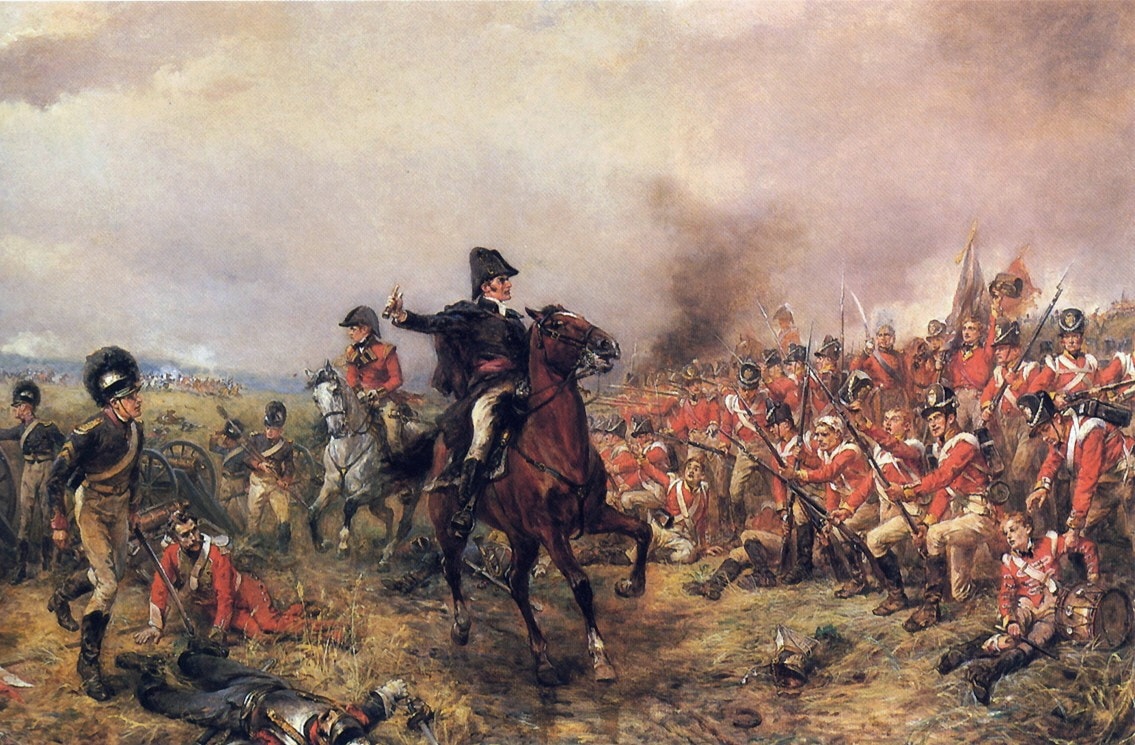
This was to be Wellington’s last battle. He returned to England and took up his political career again, eventually becoming Prime Minister in 1828.
The ‘Iron Duke’ was not a man to be dominated or threatened by anyone and his reply to a discarded mistress, who threatened to publish the love-letters he had written to her, was “Publish and be damned!”
Queen Victoria relied on him greatly, and when she was concerned about the sparrows that had nested in the roof of the partly finished Crystal Palace, she asked his advise as to how to get rid of them. Wellington’s reply was succinct and to the point, “Sparrow-hawks, Ma,am”. He was right, by the time the Crystal Palace was opened by the Queen, they had all gone!
He died at Walmer Castle in Kent in 1852 and was given the honour of a State Funeral. It was a magnificent affair, a fitting tribute to a great military hero. The Iron Duke is buried in St. Paul’s Cathedral next to another British hero, Admiral Lord Nelson.
Wellington’s mother could not have been more wrong about her youngest son!
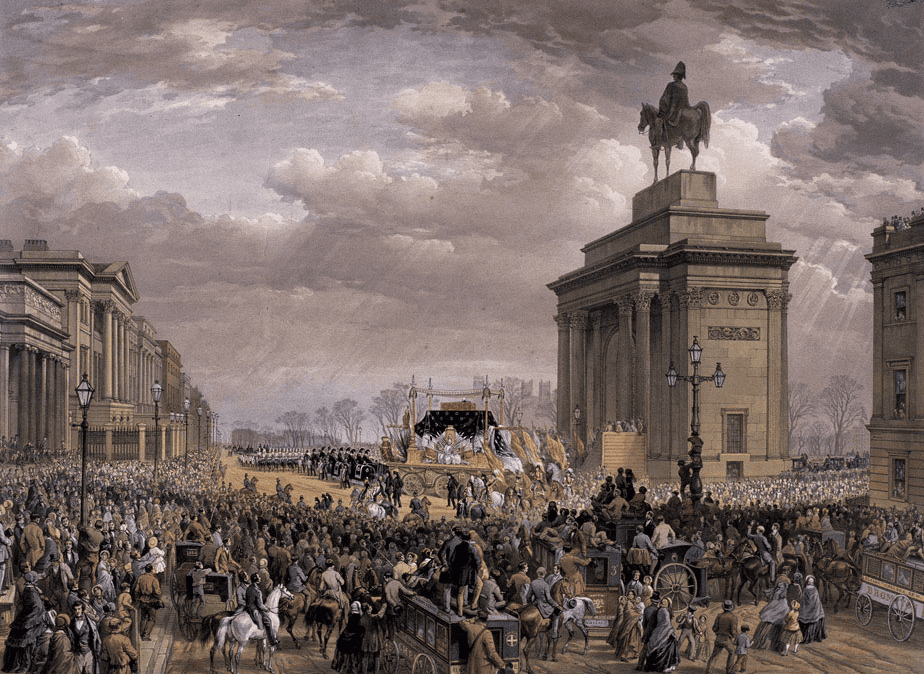
Published: 22nd December 2014.
